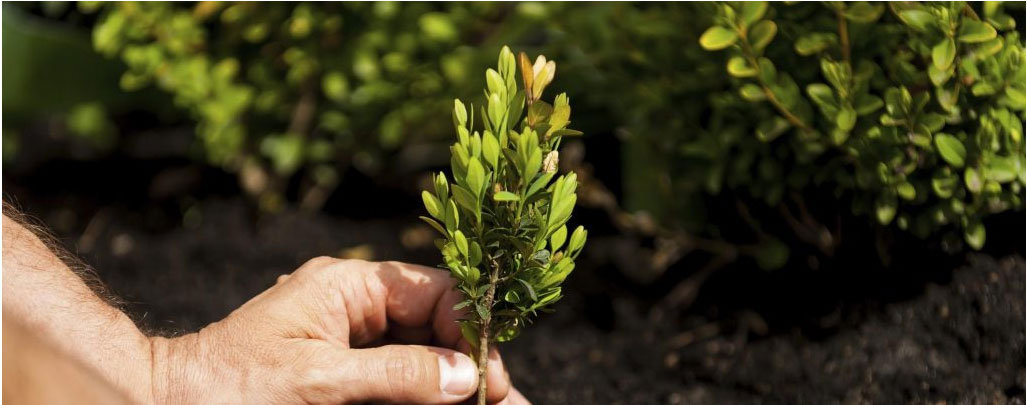
Adding trees to your landscaping can make a big difference in improving the appearance of your yard. They also provide a low maintenance option that provides aesthetic benefit without time-consuming upkeep. While a new young tree might be low-maintenance, it is important to remember that they will require basic care in order to ensure growth and maintain the health of the tree.
By committing to proper tree care, especially during the first five years, you will be able to ensure a healthy and mature tree for years and years to come. You can help your young tree thrive with the following recommendations:
Proper Watering
Its no secret that trees need water to live, grow, and stay healthy, however, if you are not following a proper watering schedule you could cause more harm than good. Overwatering can cause lead to fungus or rot, while under watering will stump tree growth. When watering young trees be careful to
– Aim for deep watering that will allow roots to grow deeper underground
– Avoid direct spraying from sprinkler systems or consider a drip irrigation system instead
– Check soil moisture to ensure there is proper drainage. Soil should be moist, but not wet or pooling.
– Maintain a regular watering schedule and keep in mind that young trees may need more water, particularly during the first 3 years
Add Mulch
Laying down mulch around the base of the tree will help prevent weed growth and also help the soil to retain a greater amount of moisture providing a young tree with a better source for the nutrients needed to grow. A good layer of mulch will be around 3-4 inches thick and shouldn’t have direct contact with the tree. Make sure to pull any weeds or grasses from the area before mulching so that the tree is not forced to compete for moisture and nutrients.
Don’t Forget To Prune
Tree pruning is most effectively done during the winter months when a tree is dormant and growth has slowed. Pruning allows you to remove any damaged or diseased branches that could put the rest of the tree at risk. Removing weak, sick, or hazardous branches will also help to maintain a safe environment around the tree for loved ones and property.
Don’t Put Off Pulling Weeds
Weeds and grasses will compete with a tree for water and nutrients found in shared soil. Make sure that you pull weeds consistently, keeping the base of the tree clear. This will give your young tree a better opportunity to strengthen and grow.
Routine Cleaning
Just as you want to keep the area around your tree free of weeds, you also want to keep it clear of yard waste and debris. Twigs, leaves, and flowers regularly fall from the tree and have a tendency to collect around the base of the tree. Clear away this debris on a regular basis in order to prevent disease or pest infestations.
Be Careful To Protect Your Tree
When doing yard work with trimmers or lawn mowers, make sure that you are careful to not cut into or hit the tree bark. A young tree that is cut or damaged will be more susceptible to disease, infestation, and poor growth. You can also protect your tree by not wrapping lights, rope, or other outdoor décor objects around the trunk; leaving these things tied to the tree for long periods of time can also affect tree growth.
Invest In Professional Tree Care Service
At Nevada Tree Service in Las Vegas, Nevada, we have provided high-quality tree care service since 1962. We have experience in caring for new, young trees to old mature ones and all ages in between. Call us today at (702) 433-4700 for expert young tree care service at an affordable price.
Nevada Tree Service
2062 Falcon Ridge Street, Las Vegas, NV 89142
(702) 433-4700
Adding trees to your landscaping can make a big difference in improving the appearance of your yard. They also provide a low maintenance option that provides aesthetic benefit without time-consuming upkeep. While a new young tree might be low-maintenance, it is important to remember that they will require basic care in order to ensure growth and maintain the health of the tree.
By committing to proper tree care, especially during the first five years, you will be able to ensure a healthy and mature tree for years and years to come. You can help your young tree thrive with the following recommendations:
Proper Watering
Its no secret that trees need water to live, grow, and stay healthy, however, if you are not following a proper watering schedule you could cause more harm than good. Overwatering can cause lead to fungus or rot, while under watering will stump tree growth. When watering young trees be careful to
– Aim for deep watering that will allow roots to grow deeper underground
– Avoid direct spraying from sprinkler systems or consider a drip irrigation system instead
– Check soil moisture to ensure there is proper drainage. Soil should be moist, but not wet or pooling.
– Maintain a regular watering schedule and keep in mind that young trees may need more water, particularly during the first 3 years
Add Mulch
Laying down mulch around the base of the tree will help prevent weed growth and also help the soil to retain a greater amount of moisture providing a young tree with a better source for the nutrients needed to grow. A good layer of mulch will be around 3-4 inches thick and shouldn’t have direct contact with the tree. Make sure to pull any weeds or grasses from the area before mulching so that the tree is not forced to compete for moisture and nutrients.
Don’t Forget To Prune
Tree pruning is most effectively done during the winter months when a tree is dormant and growth has slowed. Pruning allows you to remove any damaged or diseased branches that could put the rest of the tree at risk. Removing weak, sick, or hazardous branches will also help to maintain a safe environment around the tree for loved ones and property.
Don’t Put Off Pulling Weeds
Weeds and grasses will compete with a tree for water and nutrients found in shared soil. Make sure that you pull weeds consistently, keeping the base of the tree clear. This will give your young tree a better opportunity to strengthen and grow.
Routine Cleaning
Just as you want to keep the area around your tree free of weeds, you also want to keep it clear of yard waste and debris. Twigs, leaves, and flowers regularly fall from the tree and have a tendency to collect around the base of the tree. Clear away this debris on a regular basis in order to prevent disease or pest infestations.
Be Careful To Protect Your Tree
When doing yard work with trimmers or lawn mowers, make sure that you are careful to not cut into or hit the tree bark. A young tree that is cut or damaged will be more susceptible to disease, infestation, and poor growth. You can also protect your tree by not wrapping lights, rope, or other outdoor décor objects around the trunk; leaving these things tied to the tree for long periods of time can also affect tree growth.
Invest In Professional Tree Care Service
At Nevada Tree Service in Las Vegas, Nevada, we have provided high-quality tree care service since 1962. We have experience in caring for new, young trees to old mature ones and all ages in between. Call us today at (702) 433-4700 for expert young tree care service at an affordable price.
Nevada Tree Service
2062 Falcon Ridge Street, Las Vegas, NV 89142
(702) 433-4700



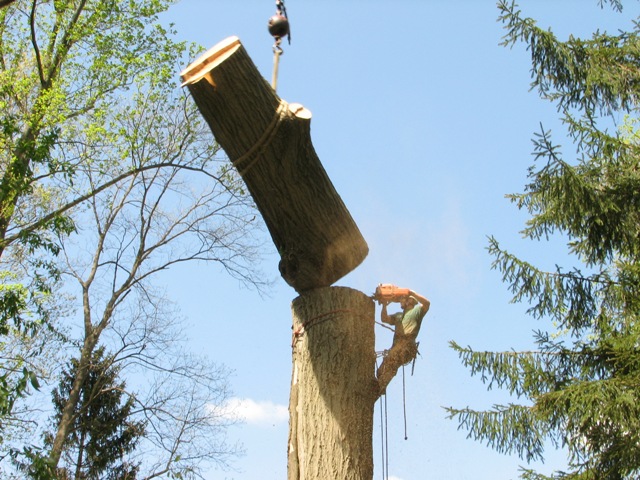
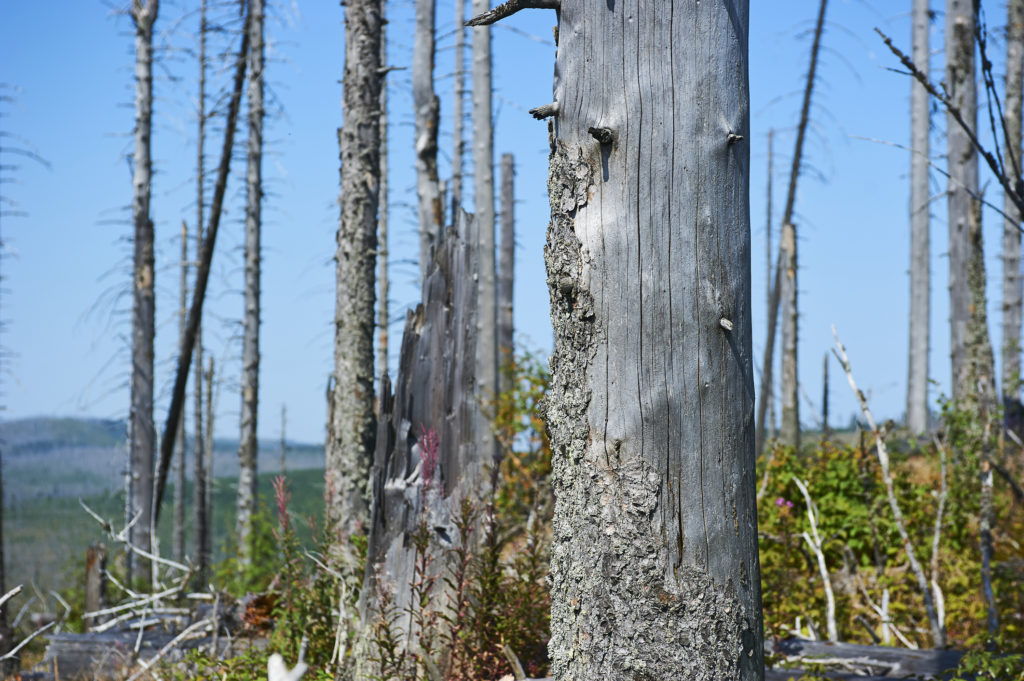 Many different species of beetles are considered a threat to trees with each species attacking trees in individual ways. Tree-killing beetles bore into bark, tree limbs and even into roots, laying eggs under the bark causing a range of damage and even death of the tree.
Many different species of beetles are considered a threat to trees with each species attacking trees in individual ways. Tree-killing beetles bore into bark, tree limbs and even into roots, laying eggs under the bark causing a range of damage and even death of the tree.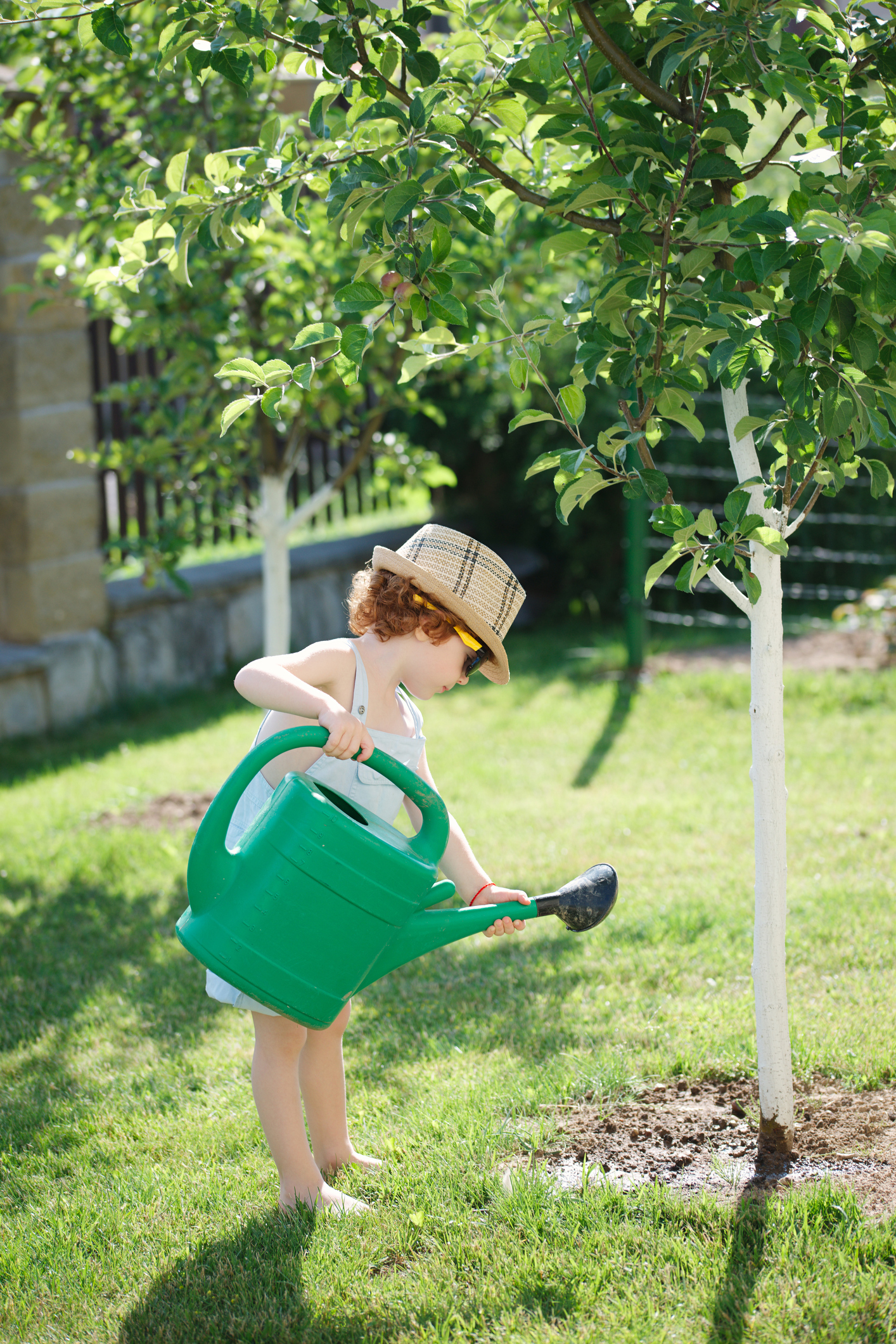 First, you must determine the dryness of the soil. This will help you decide how much it needs to be watered. So, dig out about two inches of soil and hold it in your hands. If you can tighten it into a ball, then there is sufficient moisture in the soil. If not, you will need to water the area properly. You can also use a soil probe to check the moisture level more accurately.
First, you must determine the dryness of the soil. This will help you decide how much it needs to be watered. So, dig out about two inches of soil and hold it in your hands. If you can tighten it into a ball, then there is sufficient moisture in the soil. If not, you will need to water the area properly. You can also use a soil probe to check the moisture level more accurately.
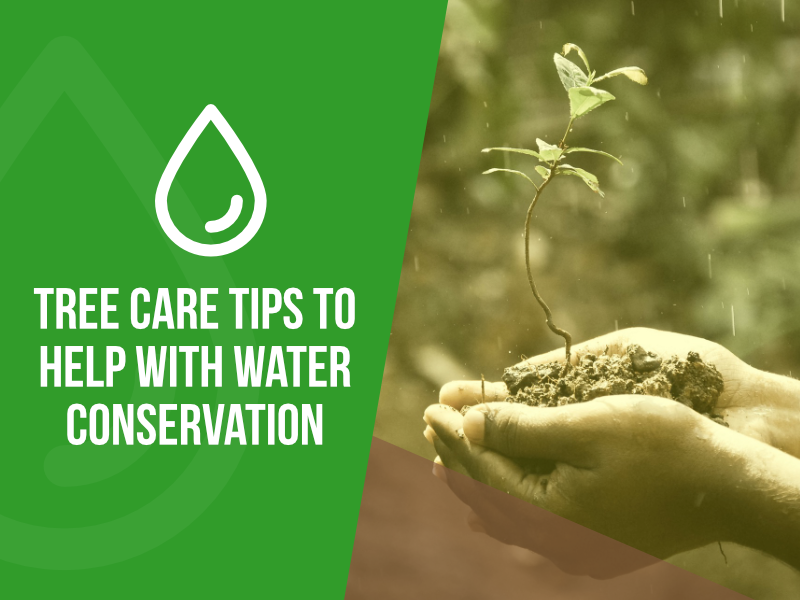 Trees are a huge source of fresh water. Research has shown that if trees don’t exist, then water does not exist. In fact, on average, trees will breathe out
Trees are a huge source of fresh water. Research has shown that if trees don’t exist, then water does not exist. In fact, on average, trees will breathe out 
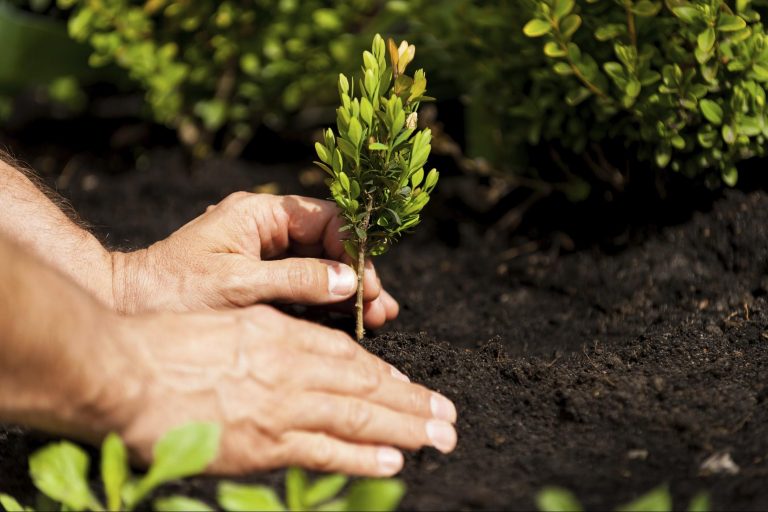
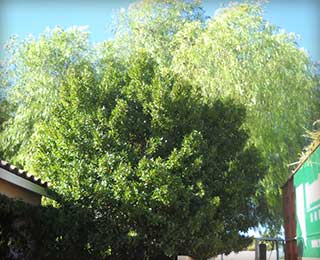 “Good timber does not grow with ease; the stronger the wind, the stronger the trees,” said a wise poet. For all gardeners, tree-caring offers joy and adventure. But it poses challenges at every nook and corner too. Trees’ growth comes at the cost of attentiveness and understanding plant’s requirements. Here’s what our experts have to say about tree maintenance.
“Good timber does not grow with ease; the stronger the wind, the stronger the trees,” said a wise poet. For all gardeners, tree-caring offers joy and adventure. But it poses challenges at every nook and corner too. Trees’ growth comes at the cost of attentiveness and understanding plant’s requirements. Here’s what our experts have to say about tree maintenance.